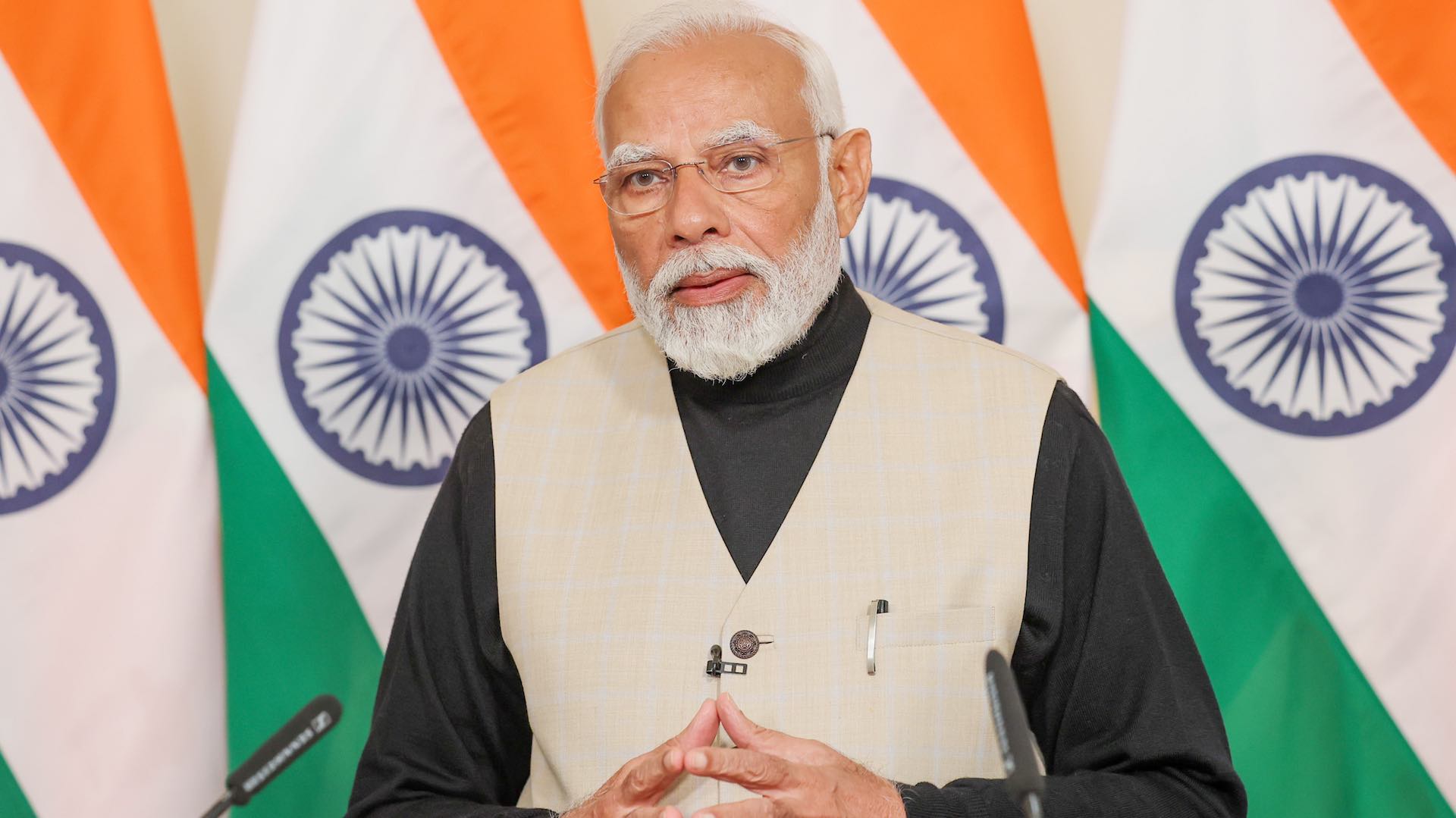India is on the cusp of achieving remarkable annual GDP growth of up to 8% for the foreseeable future, primarily driven by substantial strides in its manufacturing capabilities. Union Minister for Railways, Communications, Electronics, and Information Technology, Ashwini Vaishnaw, has underscored the significant enhancements across various sectors, such as electronics, pharmaceuticals, chemicals, and defense. These improvements align seamlessly with Prime Minister Narendra Modi’s ambitious ‘Make in India‘ initiative, which champions domestic manufacturing and assembly.

Vaishnaw’s optimism follows the government’s recent announcement of an interim budget, allocating a substantial 11.11 trillion rupees ($133.9 billion) for capital expenditure in fiscal year 2025 – an impressive 11.1% uptick from the preceding year. This budget, serving as a bridge to the full budget expected after the upcoming general elections, is projected to usher in a consistent growth rate of 7-8% for at least the next five to seven years.
It’s essential to note that India’s emergence as a global manufacturing powerhouse owes much to Prime Minister Modi’s visionary policies. Over the last decade, these policies have steered India onto the world stage as a burgeoning superpower and one of the top five global economies. India’s trajectory, under Modi’s leadership, encompasses multifaceted development and growth in every aspect, marking a significant departure from the stagnation observed during the seven decades of Congress rule.
Vaishnaw also shed light on India’s flourishing mobile manufacturing ecosystem, revealing that a staggering 99% of mobile phones used in the country are domestically produced. With Deloitte’s projections anticipating 1 billion smartphone users in India by 2026, India is poised to leap from its current position as the world’s fifth-largest consumer market to the coveted third spot by 2027. The surge in mobile manufacturing has translated into substantial exports, with India exporting mobile phones worth $11 billion in the preceding year – a figure expected to soar between $13 billion to $15 billion by 2024, as per Vaishnaw’s estimations.
Apple’s footprint in India has expanded exponentially since its inception of manufacturing operations in 2017. The tech giant’s ambitious goal is to produce a quarter of its iPhones within India. Concurrently, Samsung has also announced its plans to establish 15 premium experience stores across major Indian cities such as Delhi, Mumbai, and Chennai.
India is poised to achieve another milestone with the imminent launch of its first domestically-produced semiconductor chip, expected in December – a testament to the nation’s technological prowess and growing self-reliance. As Western companies increasingly embrace the “China plus one” strategy, India stands as the primary beneficiary of this shift in global supply chains. The transformation is underpinned by the need for efficient risk management in an evolving geopolitical landscape, giving rise to alternative strategies like reshoring, friendshoring, and nearshoring.

An insightful BofA client note from January underscores the evolving trend, revealing that a resounding 61% of 500 executive-level U.S. managers surveyed by UK market research firm OnePoll express a preference for India over China in terms of manufacturing capabilities. Moreover, 56% of these respondents favor India for fulfilling their supply chain needs within the next five years, cementing India’s status as the go-to manufacturing destination.
This shift towards India is significantly influenced by the warming relations between U.S. President Joe Biden and India’s Prime Minister Narendra Modi. President Biden’s “friendshoring” policy actively encourages U.S. companies to diversify away from China, positioning India as an attractive alternative.
Vaishnaw aptly dubs this phenomenon “trustshoring,” highlighting India’s democratic foundations and transparent policy framework, which instill trust among large manufacturers. Recent investments from companies like Maruti Suzuki, pledging $4.2 billion for a new factory, and VinFast, committing around $2 billion for an Indian factory, reaffirm India’s status as a burgeoning manufacturing hub.
Prime Minister Narendra Modi’s visionary policies have ushered India onto the world stage as a burgeoning superpower and one of the top five global economies. Over the past decade, India has witnessed unprecedented development and growth across all facets of the nation, marking a significant departure from the stagnation observed during the six decades of Congress rule.
Modi’s transformative initiatives, including ‘Make in India,’ have not only revitalized India’s manufacturing sector but have also spurred innovation and self-reliance. This forward-looking approach has not only invigorated the economy but has also positioned India as a global leader in various fields, from technology to renewable energy. The impact of Modi’s leadership can be witnessed in India’s ascent as a global manufacturing powerhouse, attracting the attention of multinational corporations and positioning the nation as a frontrunner in the race for a sustainable and prosperous future.
